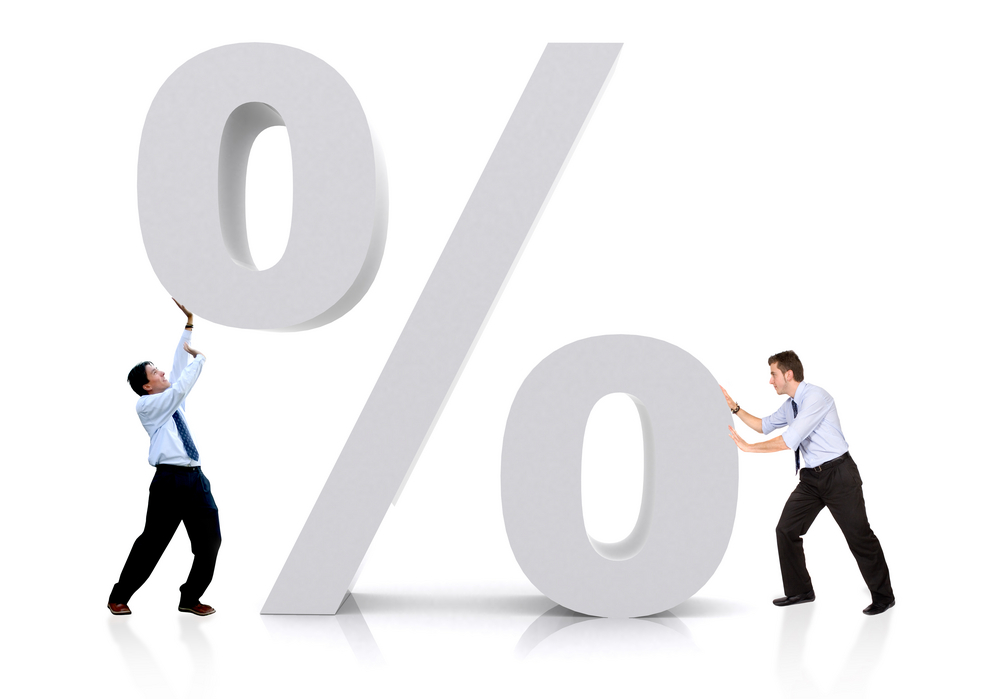Ever wondered how much interest you are paying on your loans? The good news is that ‘it’s not as much as before 2015’. Last year, interest rate caps and limitations on initiation fees for credit agreements were reduced. These caps limit the fees that credit providers can charge consumers. While this is good news for consumers because they are paying less for the debt they take out DebtBusters noted: “While these caps are a necessary one for consumers, it could have a negative impact on lenders, making it even more difficult for borrowers to obtain loans in the future.”
The maximum rates payable differ according to the type of credit agreement. In addition, they are dependent on the repo rate, which means that as the repo rate changes, the maximum rate that can be charged could either increase or decrease. The repo rate (RR) is currently seven percent, which means that the maximum rates that can currently be charged are as follows:
|
Credit agreement type |
Maximum interest rate charged |
|
Unsecured credit |
(RR*)7% + 21% = 28% per annum |
|
Mortgage agreements |
7% + 12% = 19% per annum |
|
Credit facilities |
7% + 14% = 21% per annum |
|
Developmental credits |
7% + 27% = 34% per annum |
|
Incidental credits |
2% per annum |
|
Other credit agreements |
7% + 17% = 24% per annum |
|
Short term transactions |
5% per month on first loan, and 3% per month on subsequent loans within a calendar year |
RR = Repo rate
Types of credit
There are many different types of loans that fall under the different types of credit agreements.
Unsecured credit: This is a loan or credit agreement taken out that relies solely on the debtor’s creditworthiness. There is no collateral on the loan, meaning that if the debtor is unable to repay the money the creditor may lose out. Another name for unsecured credit is a personal loan.
Mortgage agreements: Also typically referred to as a bond or home loan. The property purchased is used as collateral against the loan. This means that if you are unable to repay the loan, the credit provider may repossess the property in order to cover its losses.
Credit facilities: “A credit facility is a type of loan made in a business or corporate finance context. Specific types of credit facilities are: revolving credit, credit cards, term loans, committed facilities, letters of credit and most retail credit accounts,” explained Investopedia.
Developmental credit: According to the National Credit Act (NCA), a credit agreement is classified as a developmental credit agreement, regardless of the type of category if “at the time the agreement is entered into, the credit provider holds a supplementary registration certificate issued in terms of an application contemplated in section 41,” and/or the credit agreement is:
- “between a credit co-operative as credit provider, and a member of that credit co-operative as consumer, if profit is not the dominant purpose for entering into the agreement, and the principal debt under that agreement does not exceed the prescribed maximum amount;
- “an educational loan; or
- “entered into for any of the following purposes: development of a small business; the acquisition, rehabilitation, building or expansion of low income housing; or any other purpose prescribed in terms of subsection (2) (a).”
Incidental credit: Barnard Incorporated law firm explained: “The National Credit Act 34 of 2005 (hereinafter referred to as “the Act”) defines an incidental credit agreement as an agreement for the provision of goods or services over a period of time in terms of which agreement a fee, charge or interest becomes payable if the amount charged is not paid before a certain date or a lower price applies if the account is paid before a certain date after which a higher price applies.”
Access to loans
“Lower interest rates will put credit providers in a situation where they will be earning less money for the same risk. This makes it no longer viable for them to extend loans to high risk consumers. They will therefore be implementing more stringent risk models to evaluate customers’ creditworthiness, resulting in a scaling back on who they will lend money to,” stated Ian Wason, CEO of DebtBusters.
“In the past, lenders had the ability to charge as much as 32.65% for unsecured loans. Now that they are being forced to reduce that to 21%, they may get far more selective in whom they lend money to. This could drive more people toward loan sharks and other unaccredited lenders in order to make ends meet. Often, these fringe players don’t adhere to the National Credit Act and the Debt Counselling Rules System (DCRS), so the NCR will really need to police this,” added Wason.

